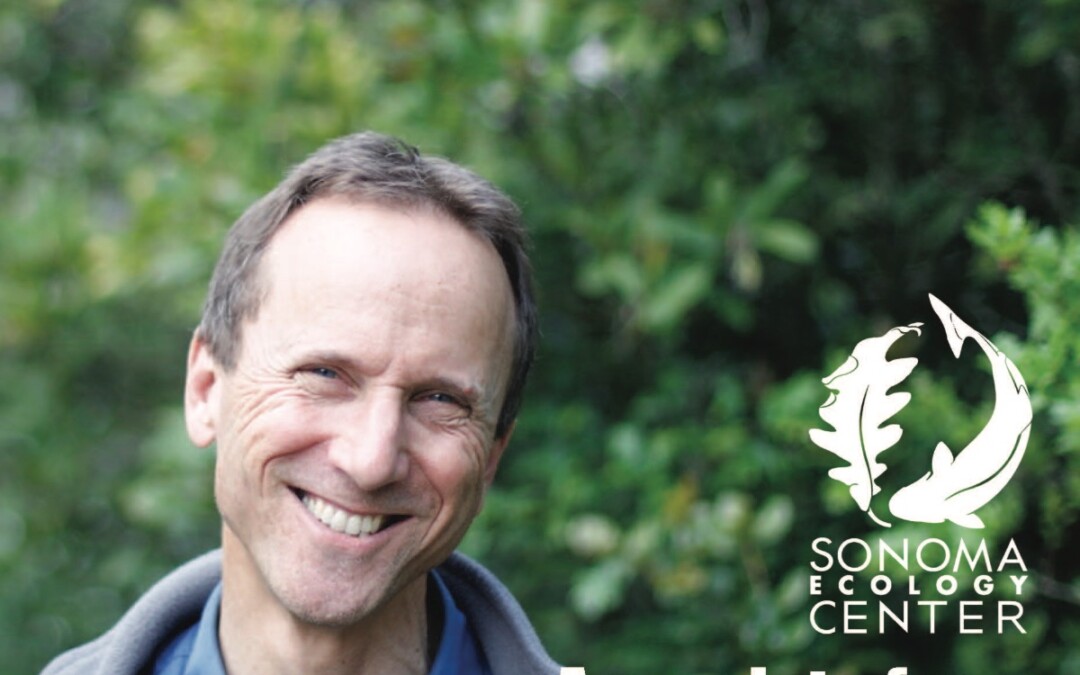It’s been a shocking year for the planet that supports us, hidden from many of us because our attention has been absorbed by dealing with a global pandemic and a social fabric worn thin from centuries of injustice.
But life on earth is in crisis all over. Just locally, the celebrated, richly diverse kelp forests off the Northern California coast have declined by 95 percent over the last decade from a cascade of factors linked to human stressors, and for similar reasons, the emblematic Monarch butterfly, a beautiful marker of nature’s critical pollination system, plummeted in numbers this year to the point that only an unprecedented effort may save them in the Western U.S.
We’re now in an historic drought exacerbated if not driven by human-induced climate change that’s desiccating landscapes and stressing life in them, at the same time making wildlands even more prone to fire that we’re confronting yearly now.
If we needed an alarm to call our attention to the crisis in our life-support system, it’s going on all around us. Our homes, food systems, climate, and water are tightly entwined with nature, and nature is shouting at us.
The message isn’t complicated: There is just one world. There is no “away,” no “other,” only connections that take energy and materials from one system and move them along to other systems where those things will be used or coped with. Technology can help us but will not save us if we do not align it with basic facts of biology and physics. In short, everything is connected, including all of us. We have to learn to act this way.
How can a small community, in a small valley still damaged and recovering from fire and pandemic, with its own challenges arising from decades of broken connections with nature and each other, possibly make a difference in this unprecedented global crisis?
One important opportunity for our community this year is the chance to plan the future of the former Sonoma Developmental Center. In addition to preserving 700 acres of magnificent open space east and west of the old campus, imagine if that campus when redeveloped embraced our connections, demonstrating solutions to several longstanding challenges at the same time. We could act to address a critical housing shortage, with workforce housing, homes for those with disabilities, and homes for the next generation who wants to live in a community with diverse economic and cultural backgrounds.
What if this were linked to a center of collaboration that brought inspired scientists, researchers and creatives together to solve the climate and ecological crises, and to share that same neighborhood, while bringing good jobs with good wages for others living there? What if the resulting community embraced the urgent need to provide models of renewable energy, water efficiency, integration of buildings and wildlands that promote biodiversity, wildlife connectivity, water retention, and fire resistance? What if a local school, local recreation, local food, and transportation options reduced solo trips to and from the community, to a level much lower than when SDC was operating?
As a hub of integrated solutions, this community could be part of urgently needed demonstrations that help lead our state, and even our global community, on a path to a viable future.
Decisions will be made this year. You can track this opportunity and contribute your thoughts at sdcspecificplan.com.
If ever there were a time to think boldly, this is it. Our Valley, and the former SDC campus, might just also be the right place.
Richard Dale, Executive Director


